Here is a simple recipe for baking powder all home cooks should know how to make. If you’ve ever run out of baking powder mid-recipe or started wondering what’s really in that little can from the store, this recipe is for you.
On our homestead, we love knowing what’s in our food and making pantry staples from scratch whenever we can. Baking powder is one of those simple but essential ingredients that’s surprisingly easy to make at home. And understanding the different types can seriously level up your baking game.
Let’s walk through how to make your own baking powder and answer some of the most common questions while we’re at it.
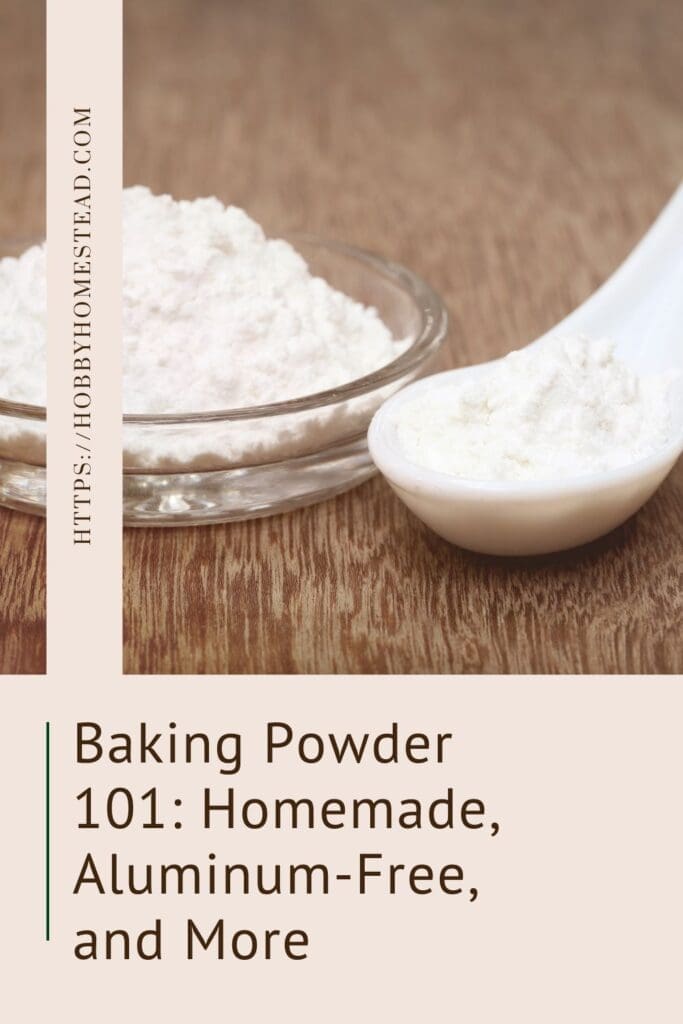
Homemade Baking Powder Recipe (Single-Acting, Aluminum-Free)
This DIY baking powder recipe is a single-acting version, which means it starts working as soon as it’s mixed with liquid. It uses cream of tartar as the acid, which reacts immediately when mixed with liquid.
For best results, be sure to bake your batter or dough immediately after mixing to take full advantage of the leavening power.
While most commercial baking powders are double-acting (reacting again with heat), this simple homemade blend is perfect for quick bakes and from-scratch cooking without any additives or aluminum.
This version is naturally aluminum-free and perfect for those who want a clean, simple option.
Baking Powder 101: Homemade, Aluminum-Free, and More
As an Amazon Associate I earn from qualifying purchases.
Equipment
Ingredients
- 1 Teaspoon Baking Soda
- 2 Teaspoons Cream of Tartar
- 1 Teaspoon Cornstarch
Instructions
- In a small bowl, combine 1 teaspoon of baking soda with 2 teaspoons of cream of tartar.1 Teaspoon Baking Soda, 2 Teaspoons Cream of Tartar
- Stir in 1 teaspoon of cornstarch to help absorb moisture and improve shelf life.1 Teaspoon Cornstarch
- Use immediately or store in an airtight container in a cool, dry place.
Nutrition
Aluminum-Free Baking Powder vs Regular
Many commercial baking powders contain sodium aluminum sulfate, which extends their shelf life and makes them double-acting. While it’s considered safe in small amounts, some people prefer to avoid aluminum in their diets due to taste or health concerns.
Aluminum-Free
- Typically single-acting (reacts once when wet)
- No metallic aftertaste
- Homemade or labeled as such
Regular
- Often contains aluminum
- Usually double-acting (more on that below)
- Longer shelf life and works well for most recipes
👉 If you’re sensitive to flavors or prefer fewer additives, aluminum-free is a great option.

________________________________________
Double Acting Baking Powder vs Regular
Here’s where the science of baking comes in.
Single-Acting
- Reacts once when combined with liquid
- Must be baked immediately after mixing
- Homemade baking powder falls into this category
Double-Acting
- Reacts twice: first with moisture, then again with heat
- More forgiving if your batter sits a while before baking
- Most store-bought brands are double-acting
💡 Homesteading Tip: If you bake frequently and don’t mind mixing your batter right before baking, single-acting homemade powder works just fine!
________________________________________
The Difference Between Single-Acting and Double-Acting Baking Powder
Both types are leavening agents, meaning they help baked goods rise by creating carbon dioxide bubbles. But they release gas at different times during the baking process:
Single-Acting
- Reacts once, when it comes into contact with moisture (liquid in the batter).
- You need to bake the batter immediately after mixing, or the bubbles will escape and the bake will fall flat.
- Most homemade recipes are single-acting, because they use cream of tartar (an acid that reacts right away).
🕐 Best for: Recipes you can pop into a hot oven right after mixing, like pancakes, muffins, or quick breads made fresh.
Double-Acting
Reacts twice:
- First when it’s mixed with liquid (cold reaction)
- Again when it’s exposed to heat during baking (hot reaction)
- Gives more leeway with timing—you don’t have to rush the batter into the oven.
- Most commercial versions (like Clabber Girl or Rumford) are double-acting.
🕐 Best for: Recipes that sit a little before baking (like cake batters) or when you want a more consistent, reliable rise.
Why It Matters
Double-acting is more forgiving and ensures a good rise even if you’re multitasking in the kitchen.
Single-acting works just as well, but requires good timing. Perfect for homesteaders who like doing things from scratch and making small batches fresh.
Baking Powder vs Baking Soda
Though they’re often confused, baking powder and baking soda are not interchangeable without adjustments.
Baking Soda:
- Pure sodium bicarbonate
- Needs an acid (like vinegar, buttermilk, or lemon juice) to activate
- Stronger than baking powder—about 3–4 times more powerful
Baking Powder:
- Contains both an acid and a base
- Only needs moisture (and sometimes heat) to activate
- Easier to use in recipes without added acid
👉 If a recipe calls for one, don’t swap it with the other unless you adjust for acidity and strength.
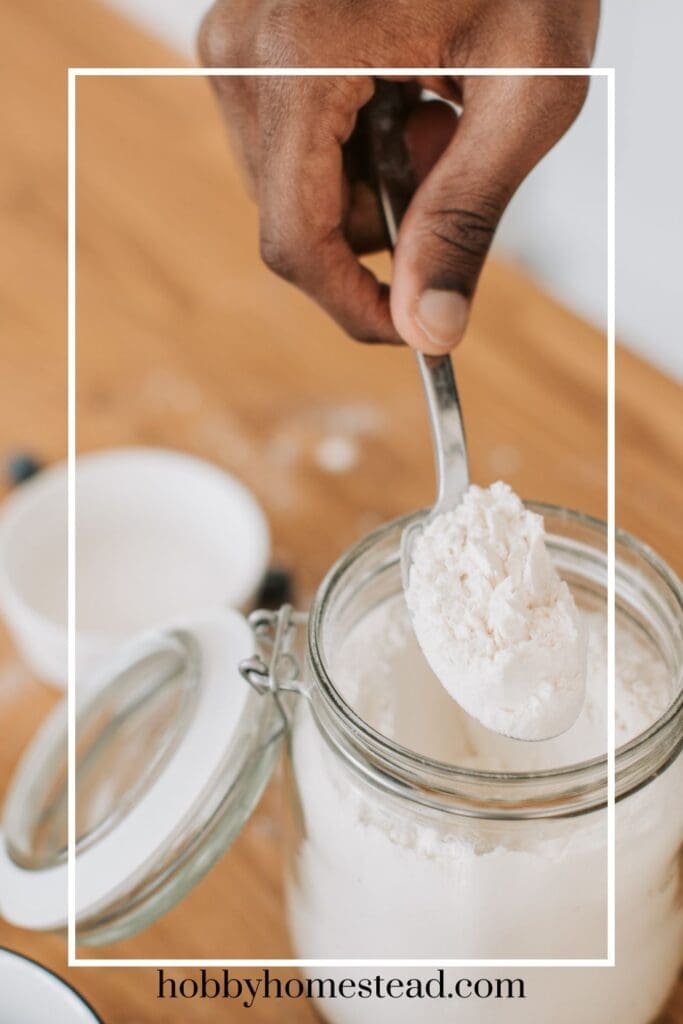
________________________________________
Can You Substitute Cornstarch for Baking Powder?
Short answer: Not exactly.
Cornstarch is often included in baking powder to keep it dry and prevent clumping, but it’s not a leavening agent itself.
If you’re out of baking powder, try this homemade substitute instead:
Make your own substitute:
- 1/2 teaspoon cream of tartar
- 1/4 teaspoon baking soda
- (Optional) 1/4 teaspoon cornstarch for bulk and shelf life
This mix replaces 1 teaspoon of baking powder in most recipes.
________________________________________
Storage Tips & Shelf Life
Store homemade baking powder in an airtight container in a cool, dry spot.
Use within 1–2 months for best results.
To test activity, drop a small spoonful in warm water—if it bubbles vigorously, it’s still good.
________________________________________
Why Make Baking Powder at Home?
Control your ingredients: no aluminum, no additives. Save a trip to the store: especially handy in rural or off-grid homesteads. Learn a traditional skill: great for teaching kids or just building your own self-sufficiency. Reduce packaging waste: another small step toward a low-waste kitchen.
________________________________________
A great recipe to have in your recipe box
Whether you’re avoiding aluminum, running low on supplies, or simply embracing from-scratch living, making your own baking powder is a small but empowering step. It’s easy, affordable, and a great example of what homestead cooking is all about simple skills with big payoffs.

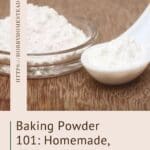
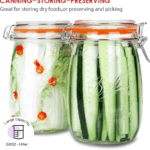
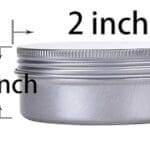
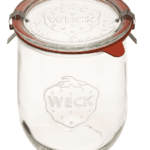
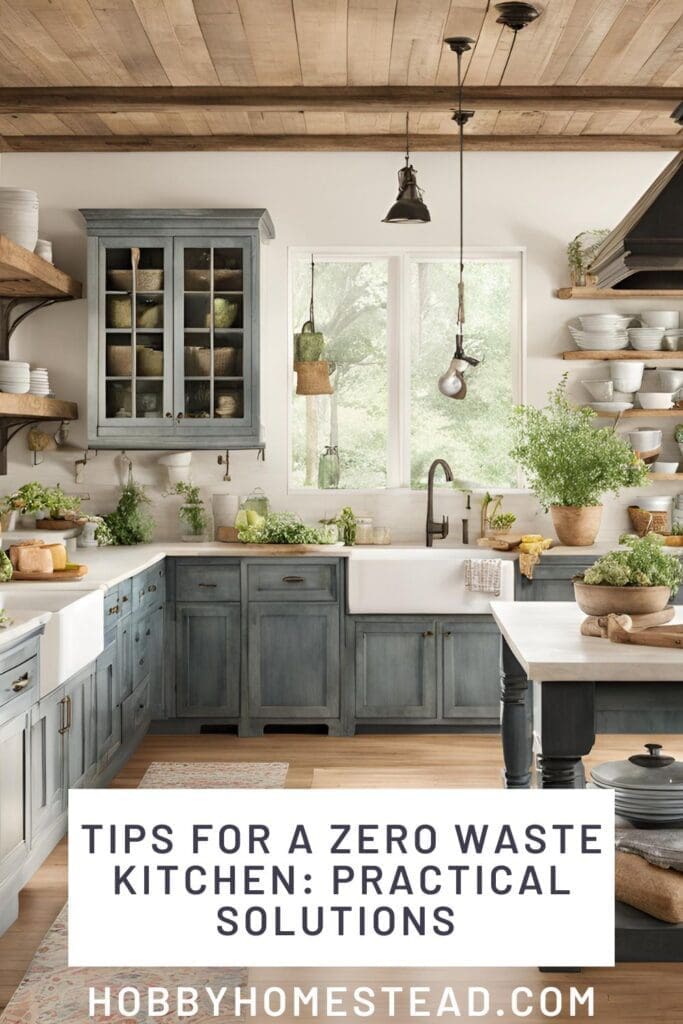
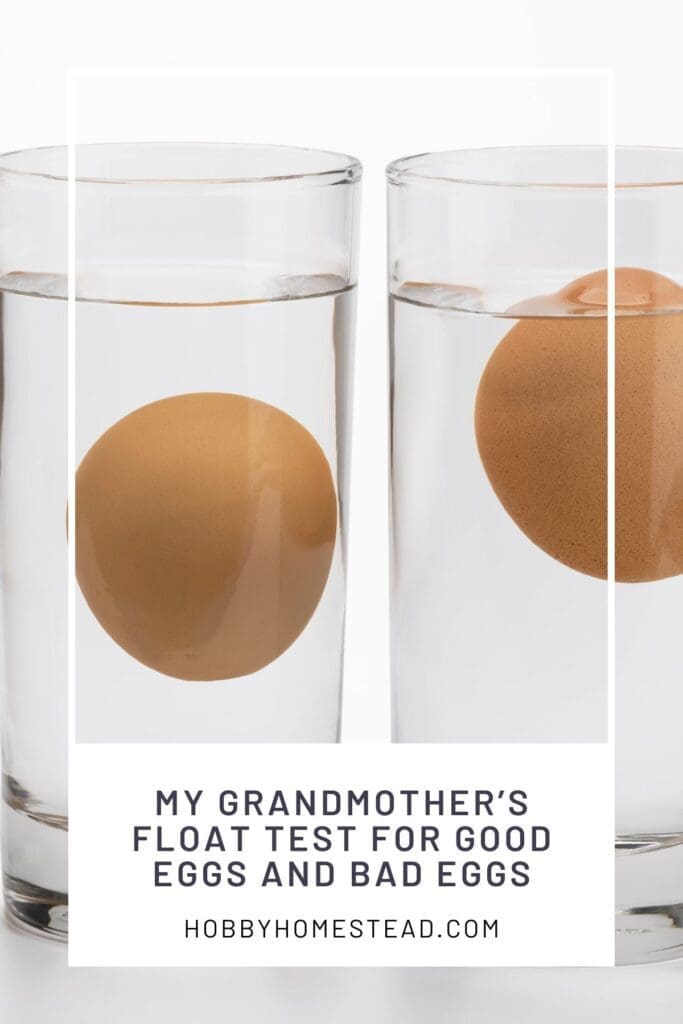
great recipe to know how to make